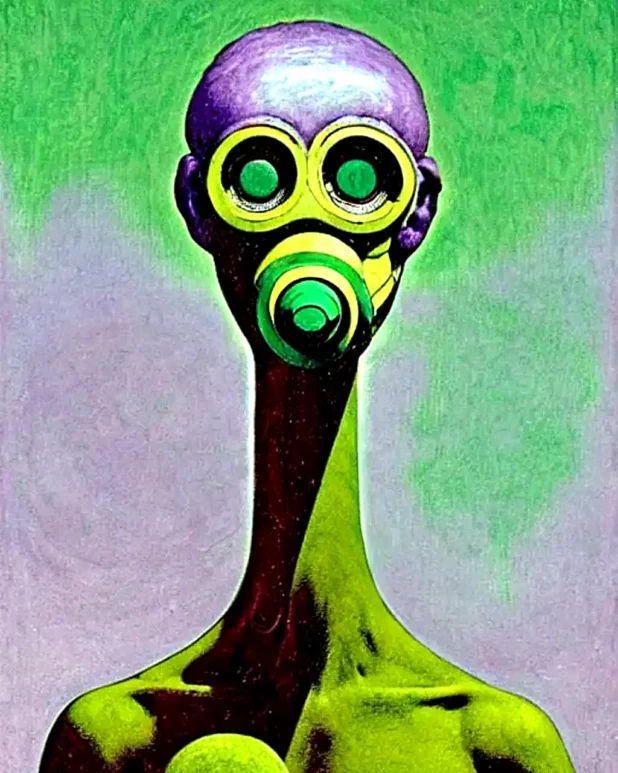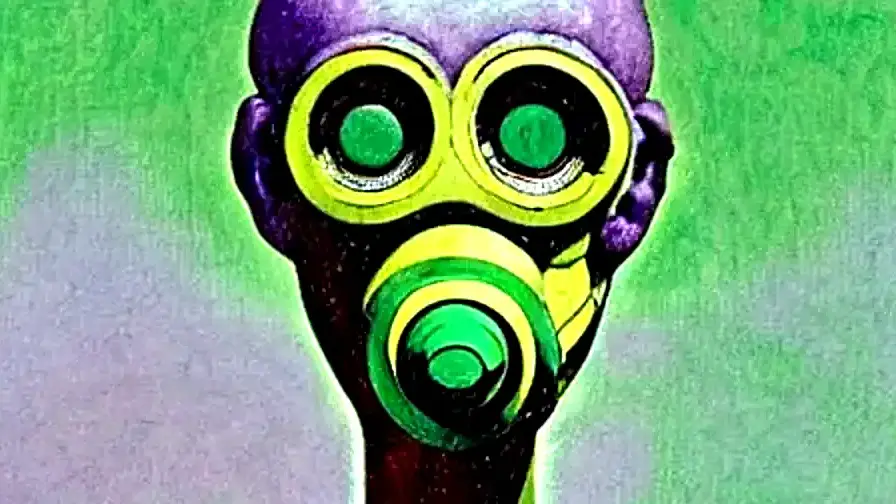
The worst part about the pollution on the train is that black people inhale more of the pollution.
Because, you know.
Well, no one has to say it out loud.
(It’s why they’re so good at sports, btw.)
New York City subway riders are breathing in hazardous air, with Black and Hispanic commuters exposed to higher levels of pollution, a new study shows.
New York University researchers found that the average subway platform had four times the particulate pollution (PM2.5) exposure standard deemed safe over a 24-hour period by the Environmental Protection Agency, and nine times the exposure guideline set by the World Health Organization.
The researchers note that although commuting time is only a portion of the entire day, riding the subway accounts for a significant portion of a person’s daily exposure to PM2.5.
“At that size, these particles penetrate the lung, and it’s been shown that small particles cause issues with cardiovascular, respiratory and neurological diseases,” said Masoud Ghandehari, the lead researcher and a professor of urban systems engineering at New York University. “We have 5 million riders per day. Imagine the human impact one may be having in a single day in the New York City subway system.”
They go on to say that the reason the particulate is so heavy in the subway is that they don’t clean them properly and the ventilation system just recycles particulate matter forever. All of the dirt that goes into the subway is just going to stay there until it is carried out in someone’s lungs. That’s kinda funny.
It’s ridiculous how filthy American subways are, but it lines up with how filthy everything else is. It’s basically a conspiracy, the way the American media covers up the fact that stuff like this doesn’t happen in the rest of the world.
You can show people this long cut of Chinese subways.
And people will literally be like “oh, they’re just showing the nice ones.”
Even if that was true… show me the nice ones in America, ha?
I’ve written about how wildfire smoke is more complex and its health impacts less known than other PM2.5. But now there’s this: “the odds of a new dementia diagnosis increased 21% for every 1 microgram increase in the concentration of wildfire particles.” https://t.co/bX4AZQFDA0
— Zoë Schlanger (@zoeschlanger) July 31, 2024
Long-term exposure to PM2.5 air #pollution and #mentalhealth: a retrospective cohort study in Ireland https://t.co/mLc2xJEFUh pic.twitter.com/flnOYZpAOY
— htw (@heniek_htw) June 15, 2024

